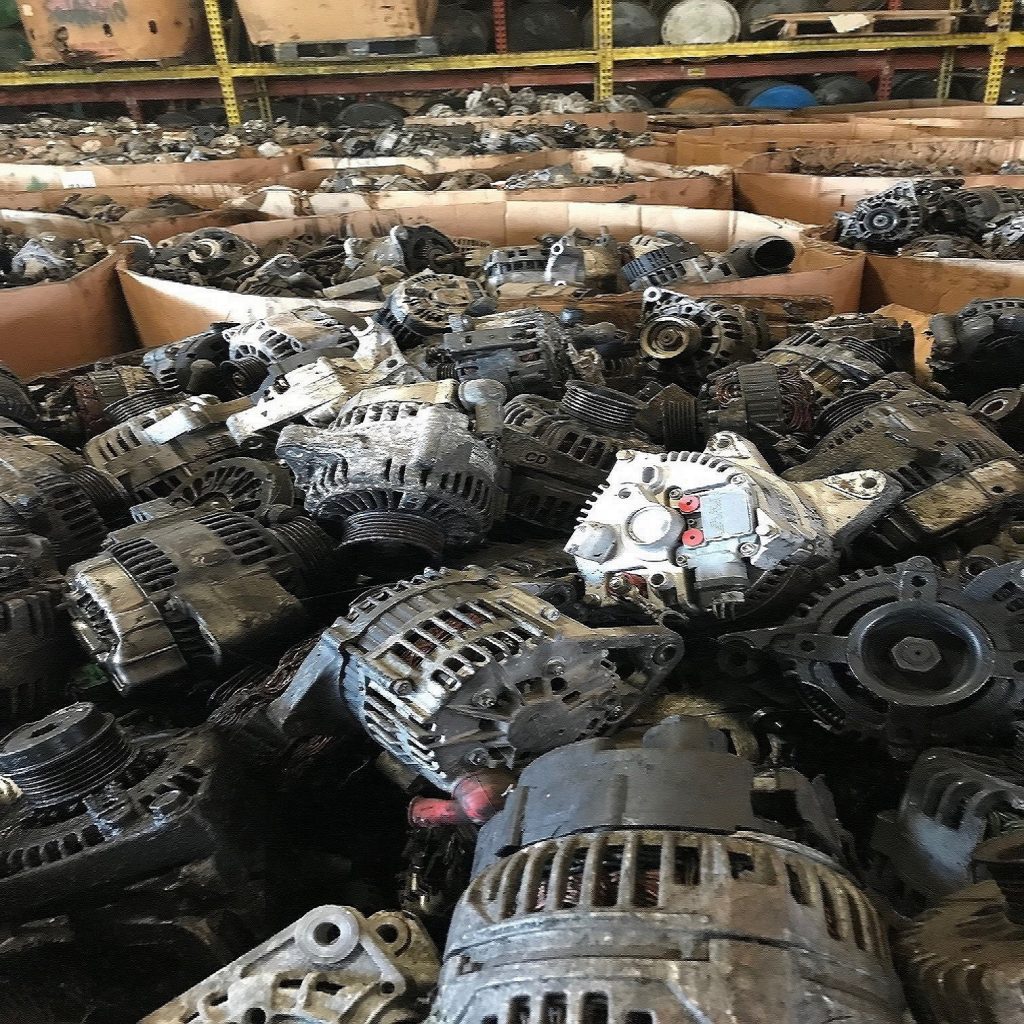Power solutions encompass a diverse selection of technologies and methods directed at optimizing power creation, distribution, and consumption to meet up the rising worldwide demand while minimizing environmental impact. These answers span green power options such as solar, wind, hydroelectric, and geothermal power, as well as energy efficiency measures, grid modernization, and energy storage technologies.
Green power answers play an essential role in shifting from fossil fuels and mitigating weather change. Solar photovoltaic (PV) systems utilize sunlight to generate energy, while breeze generators change wind power in to power. Hydroelectric dams employ flowing water to produce electricity, while geothermal power taps in to heat from the Earth’s core. These green options offer clear, sustainable solutions to old-fashioned fossil fuels, lowering greenhouse gasoline emissions and marketing environmental sustainability.
Energy performance options concentrate on optimizing power use across various industries, including buildings, transport, and industry. Energy-efficient systems such as for instance LED light, clever thermostats, and energy-efficient appliances help reduce energy use and lower electricity bills. Making retrofits, insulation updates, and HVAC system improvements enhance energy efficiency in residential, industrial, and commercial houses, leading to substantial energy savings and carbon emissions reductions.
Grid modernization initiatives power advanced systems such as for instance intelligent yards, receptors, and automation to improve the consistency, resilience, and flexibility of the electricity grid. Wise grids allow bidirectional communication between tools and customers, facilitating real-time tracking, demand result, and integration of green energy resources. Energy storage options such as batteries, pumped hydro storage, and thermal storage perform a vital position in balancing present and demand, saving excess energy during periods of low demand for use all through top times.
Microgrid alternatives provide localized, self-sustaining energy methods that could run separately or in conjunction with the key power grid. Microgrids incorporate alternative energy sources, energy storage, and advanced control programs to optimize power technology and circulation, enhance resilience, and support critical infrastructure throughout power failures or emergencies.
Power management solutions utilize information analytics, device learning, and synthetic intelligence to enhance power consumption, minimize spend, and recognize options for effectiveness improvements. Energy management tools monitor energy use designs, identify inefficiencies, and give actionable insights to Photovolaik in Bayern businesses, municipalities, and individuals produce informed conclusions to lessen charges and environmental impact.
To conclude, energy solutions encompass a wide selection of systems and techniques targeted at addressing the complicated challenges of energy manufacturing, distribution, and usage in the 21st century. By enjoying green power resources, increasing power effectiveness, modernizing the grid, deploying energy storage systems, and utilizing sophisticated energy administration techniques, organizations can perform an even more sustainable, resilient, and equitable energy future.




